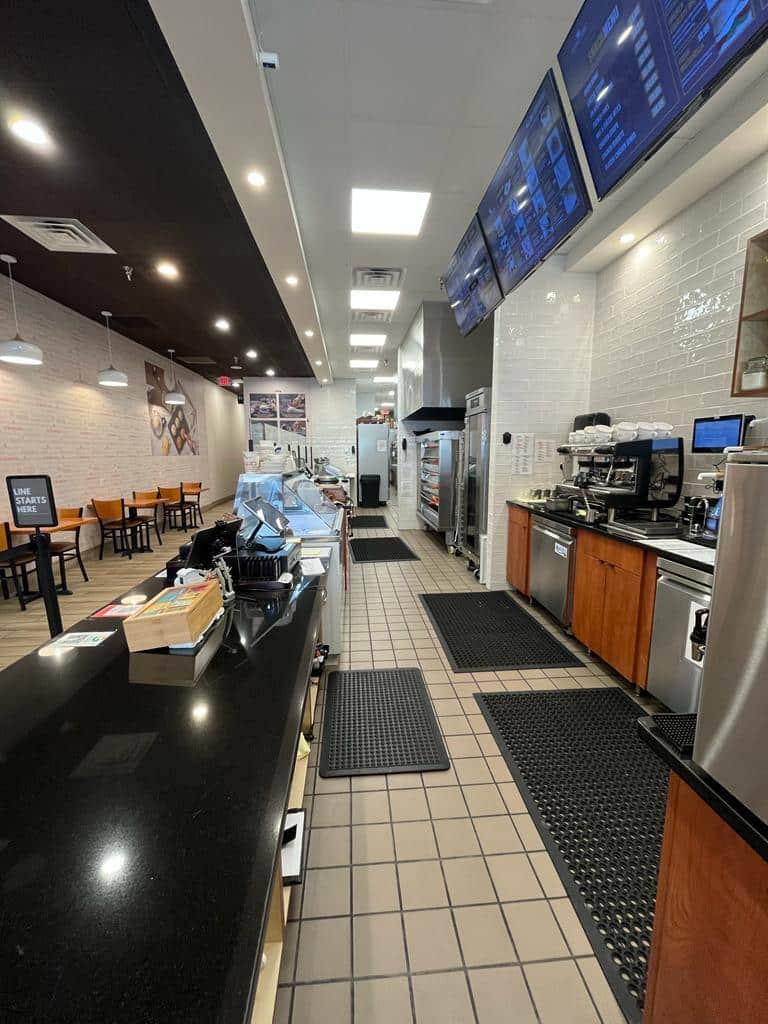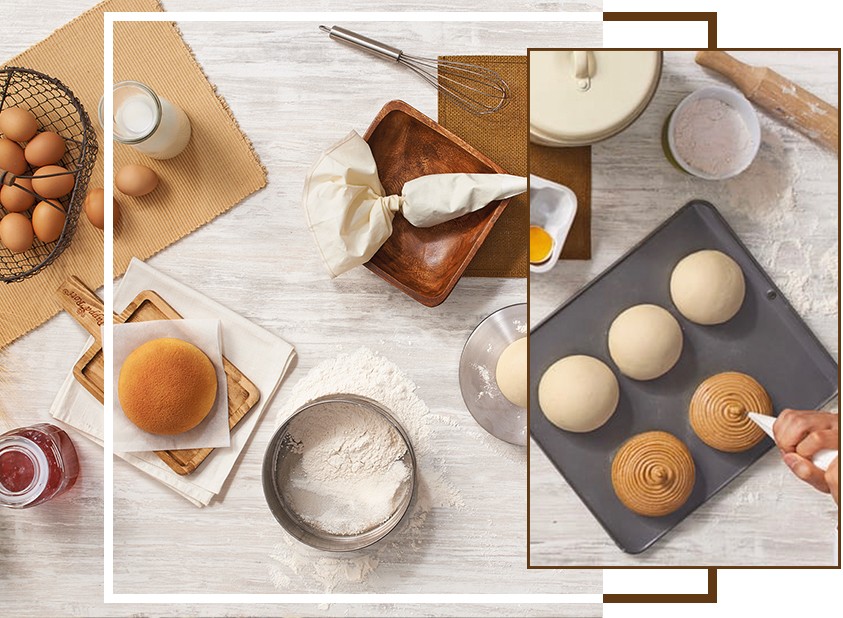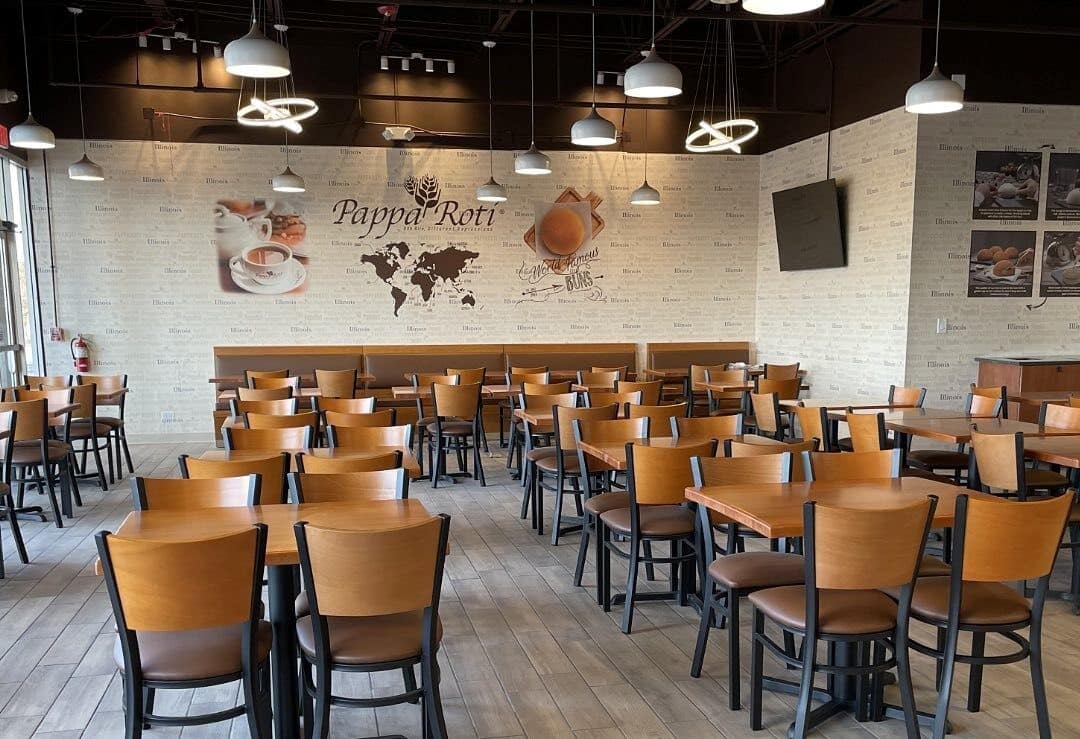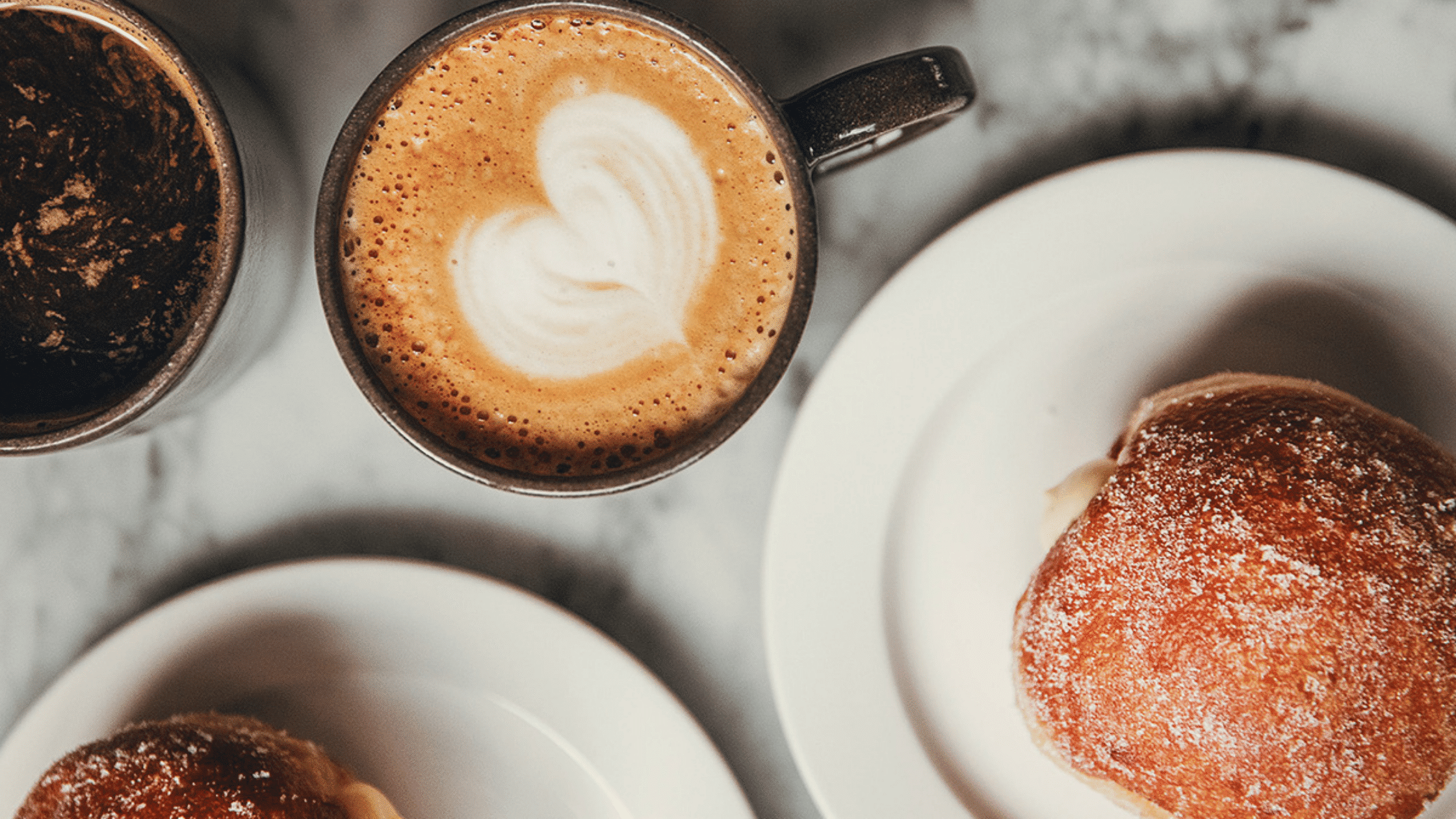2023 Market Analysis for Coffee Shop Business in the USA
- Home
- Resources
- 2023 Market Analysis for Coffee Shop business in the USA
Become a PappaRoti's Franchise Owner
Complete the form below to learn more about ownership and available markets.
Recent Posts
Become an Owner
Having a Query about the PappaRoti Franchise Investments?
What it takes to own one of the fastest-growing cafe, bakery, and coffee shop.

Coffee fads come and go, but significant changes in the coffee shop sector continue to present possibilities, as well as problems for cafés across the nation.
DISCLAIMER! DISCLAIMER!! DISCLAIMER!!!
This content is being supplied just for informative reasons and is not intended to be professional advice of any kind, including accounting, legal, tax, or human resources-related. You are in charge of adhering to the rules and laws on your own. For assistance tailored to your situation, get in touch with your lawyer or other valid and legal practitioners.
Although, operating a coffee shop is a hectic business, it is can also be enjoyable. Developing and coaching a fantastic workforce, staying current on coffee trends, purchasing coffee beans from roasters around the world, and keeping close tabs on coffee shop prices and their effects on the bottom line have all been components of the job description, together with performing a few other jobs.
Coffee shops got their share of the ugly business trends that came with the pandemic, and it took creativity, hard work and determination on the parts of business owners to overcome the endless challenges and difficulties. Even during the pre-pandemic era, things seemed to be gloomy for coffee shops and their owners. Some of the issues coffee shops owners had to deal with during the pandemic era include:
- Lockdown (total halt of services)
- Capacity limits
- Staff shortages and compulsory layoffs,
- Case count surge
Inflation - Dwindling coffee supply (inward and outward) and other issues related to coffee production.
Arguably, the year 2020 was the worst of them all, with market trends bleaks. In fact, the year 2020 was a year to forget for not just coffee shop owners, but almost every other business owner, regardless of the industry they operated in.
The third quartile of 2021 was probably when coffee shops started bouncing back, or more like recuperating the losses they had accrued over the gloomy years. Maybe a few business owners reached a breakeven point, while some even surpassed it.
In 2022, however, cafés began establishing their success story. It all made sense. After all, people will forever cherish their cup of coffee that keeps them going every day, and it was only a matter of time before the pandemic-inflicted lockdown and restrictions were eased and reduced. For context, over 60 per cent of Americans have, at least, a cup of coffee every day, especially in the morning. There was no way all that figure was going just because of a momentary pandemic.
Coffee shop owners went back to the drawing board, re-strategized through prices adjustments, new and novel service models, including the adoption of new technologies that paved the way for online ordering and preordering. Today, some coffee shops now have mobile apps through which customers can place their order for a cup of coffee or any other offered products. Many business owners also revisited their management structure and style of leadership. Through these, thousands of coffee shops that seemed headed for the rock triumphantly scaled through the trying times. Not only that; the ground is now fertile to grow new coffee shops.
Indeed, the year 2022 was a great year, emphatically termed the “year of blossom” by many business owners. And judging by the trends, this new year promises better! In this article, we will have a look at the trends most prevalent in the coffee industry last year (2022), how cafés around the globe were able to navigate through the thick and thin. We will then discuss how some companies are about changing the narratives in 2023.

Coffee Shop Industry Market Analysis
To reiterate, coffee shops around the world are recovering at a very good pace.
According to NEW YORK (Reuters), there was a 10 per cent rise in the sales by branded coffee shops in the U.S.1 That would project the total sales to 45.6 billion dollars. This figure was just a little short of reaching pre-pandemic sales. As if that was not enough, there was a surge in the number of branded coffee shops in the U.S. With a total number of 38,411 branded coffee shops in the United States, Toast Tab confirms that the number is 2.8% more than what it was before the COVID-19 pandemic.
In 2022, major players like Starbucks and Dunkin’ and Panera Bread further established their dominance in the U.S. market, with both of them accounting for 15,650 coffee shops. Starbucks had 9,262 shops while the remaining 2,173 went to Dunkin.3 That wouldn’t stop the emergence of coffee shops under new brands though. This was about the same time other renowned coffee shop brands from other countries, like Papparoti’s penetrated the market.
Different Generation, Different Preferences
Although independent cafés income is less frequently monitored, the appeal of these establishments with Gen Z and even Millennials has helped many of them remain in business.
Over one in three persons between the age of eighteen to twenty-nine report that they recently grabbed a cup of coffee at a coffee shop while one in four older adults recently visited a café for any business at all.4 What this means is that older adults in America prefer made-at-home coffee while the younger adults are more inclined to experiment with various coffee flavors at a coffee shop, or experiment with different methods and techniques of preparation.
Factually speaking, the United States is unarguably the biggest market for coffee, coffee lovers and coffee shops, with a whopping 80 billion dollars in revenue yearly.5 It’s really not hard to see when you consider the fact that an average American sips over a cup of coffee on a daily basis.6 Don’t forget that there are over 300 million Americans; think about the multiplication: now, that’s some numbers!
Although, homes and offices are the two most popular places most Americans enjoy their cups of coffee, there’s no undermining the roles cafés as well as the baristas who work there play in keeping Americans fueled.
There’s a Strong Relationship between Coffee Consumption and Age
Coffee is consumed by over half of those between the ages of 18 and 24 and by about 70% of older adults.6 The difference is that more older adults consume more coffee, on average, compared to younger adults.
People tend to be picky when it comes to the kinds of coffee they frequently take. For instance, a 2021 survey revealed that 58% of Americans admitted to drinking coffee a day prior to the interview.7 Another 22% of people reported that they drank more espresso-based coffee drinks compared to other flavor like Americanos, cappuccinos, macchiatos, lattes and straight espresso. In contrast to specialty coffee beverages such as mocha, flat white, etc., conventional coffee accounts for 29% of overall coffee sales.8
Coffee Industry Trends that have Taken Hold in 2023
Pre-ordering and online ordering have come to stay
While pre-ordering and online ordering are not particularly new trends in the metropolitan areas of the United States, they have spread their tentacles even to the areas that are not as busy. Even independent cafés now offer these options of product delivery, thanks to the adoption of new technologies.
One can argue that the sudden increase in the acceptance of online ordering technologies was mostly due to the lockdown restrictions imposed by the U.S. government due to the pandemic. Customers were unwilling to—or discouraged from moving out of their houses just to grab a cup of coffee. The ones willing to make the effort could only go as far as placing an order online prior to their visit to the coffee shop such that they just come in and go out in as little time as possible.
No doubt, customers unsurprisingly grew fond of the convenience that came with placing orders online. Soon enough, online ordering became a standard for old coffee shops to adopt and new coffee shops had to include it in their budgets and plans.
Online ordering started a long time ago, and the growth was necessitated by the pandemic. Nevertheless, the development has come to stay with us, in 2023, till a better alternative surfaces. Having a full grasp of this phenomenon, the management of Papparoti’s has fully adopted convenient options of delivery and other services for the benefits of their franchisees as well as customers, home and abroad.
The issue of staffing and labor shortage linger
The management of coffee shops are still faced with the issues of staffing and high cost of labor. Ever since the pandemic—which showed the door to many workers—employers have been running round circles trying to strike a balance between staffing and labor cost. The major problem is that coffee shop workers, like all other hospitality workers unapologetically left their jobs behind, and are unwilling to come back.
What’s yet to be figured out is what will bring them back. Maybe more monetary incentives will bring them back? Or, say, important restructuring is the perfect solution to the menace on ground? In 2023, coffee shop owners, as well as every other affected business owner will work together to fix the issue. Perhaps, the starting point will be reviewing the remunerations and benefits.
Price increases are inevitable
All over the country, and the whole business world, coffee shops and other sorts of businesses have had to raise their menu pricing. Many business owners were hesitant to pass price hikes on to the consumer out of concern that it would discourage one-timers from becoming loyalists, but as it turns out, most were left with little to no other choice.
Effective and efficient model of management has been one way thought by Papparoti’s management to partially escape the price hike matrix. While this may not solve the problem in its entirety, it remains a worthy consideration for every business.
Plant-based alternatives are ubiquitous
While cow’s milk still rocks for the majority of Americans, oat milk, plus a variety of non-dairy milks like almond milk, are vying for the top spot.
Alternatives to milk have become enormously popular recently. And in the same vein, demands for plant-based milk have skyrocketed. It could be due to lactose intolerance, a desire to limit dairy intake, or vegetarianism. Additionally, some people just prefer the flavor of non-dairy milk to that of cow’s.
Although, sales of almond milk have somewhat decreased over the previous year, they are still the highest. In comparison, sales of the more recent yet wildly popular refrigerated oat milk increased by 55–58% in 2021 alone. It has supplanted soy milk, which had previously held the position of second, only behind cow’s milk.
To reflect this trend, alternative milks, i.e., plant-based milk are now available as standard offerings in our cafés at Papparoti’s
Cafés are investing in technology and automation
Automation is the order of the day, and coffee shops are not shy to take part of the development. In most cafés today, POS systems, contactless payments, dedicated websites and mobile apps have become the new standards. In some coffee shops, you can place an order without having to leave your table just by scanning a QR code.
All these trends, technologies, automations, and more have been well addressed, adopted and incorporated by Papparoti’s. It’s almost as if the management saw everything coming, with their level of preparation.
Are you planning to own a Coffee?
PappaRoti ® is a successful cafe, bakery, and coffee shop franchise with over 450 locations worldwide. Grab the Opportunity to open a Papparoti Franchise now.





